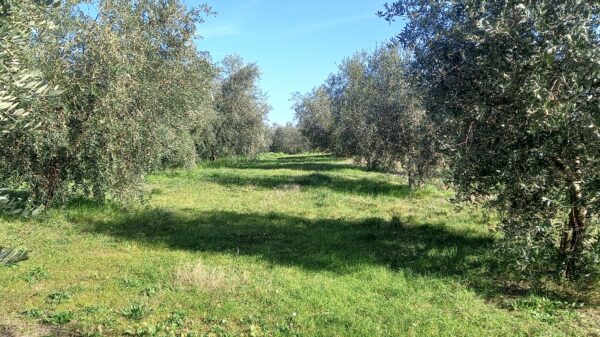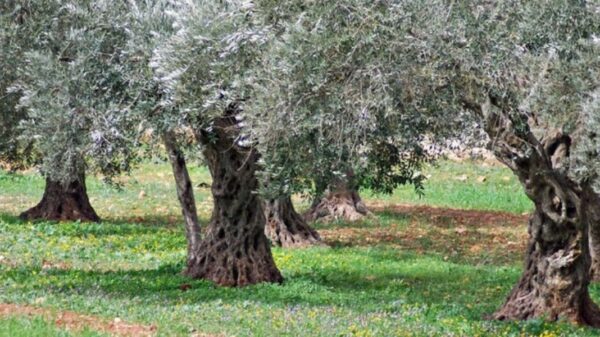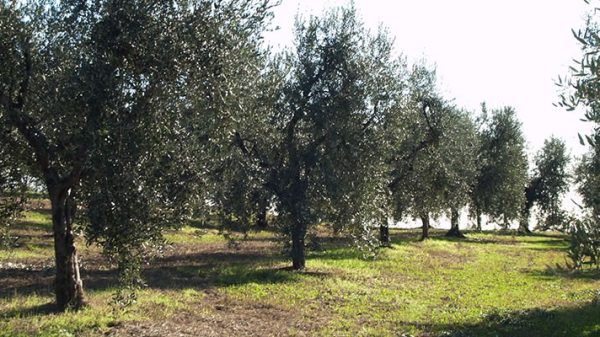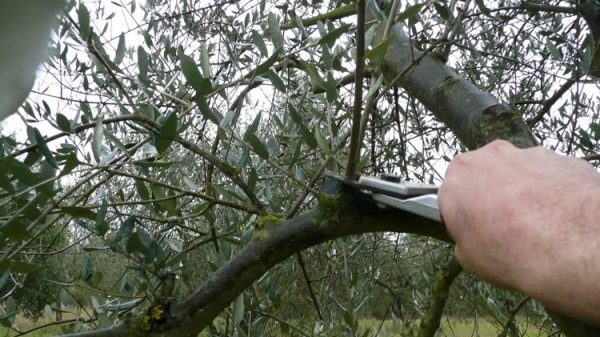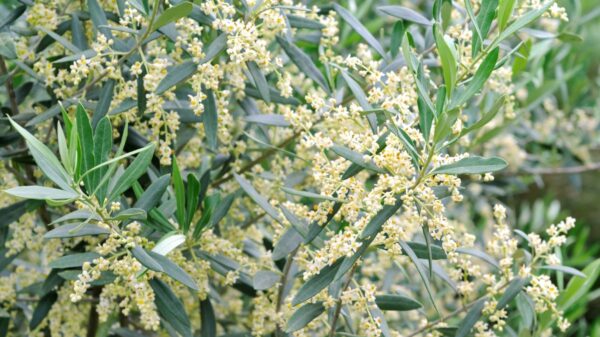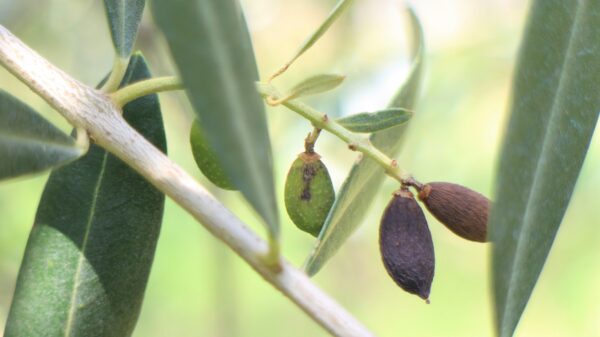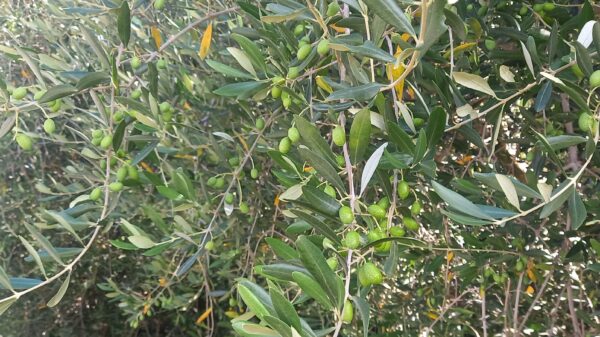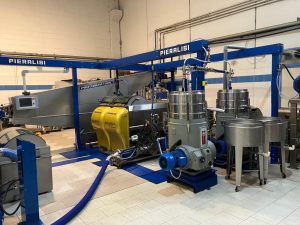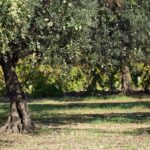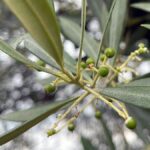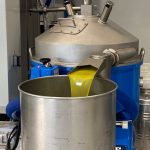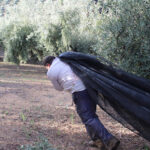It is always important to address the topic of "fertilizations", the quantities to be applied and the timing in implementing them. These are complex practices, always to be studied and explored, because they allow the restoration of soil fertility, following the removals carried out from the plants for their growth and fruit production.
Land fertilization is, therefore, an agricultural technique for increasing the soil's supply of one or more nutritional elements, useful for mineral nutrition of plants, to obtain higher yields and quality products.
The main nutritional elements, or macronutrients, are:
- L 'Nitrogen, which contributes to vegetative growth, leaf formation and expansion of the root system;
- the Phosphorus and Potassium, necessary for root development, influences the reproductive processes, in particular on the female floral organs;
- the Potassium, promotes fruit ripening and disease resistance;
- Micronutrients, such as iron, zinc, manganese, copper, boron, are essential for the normal carrying out of the plant's biological processes.
Research carried out on fertilization times in olive groves indicates the post autumn harvest as the most suitable for the supply of phosphorus and potassium, because in this period there is ahigh radical activity and these elements, once absorbed, will increase the plant's reserve substances, which will remain available to them and will cover their nutritional needs until well into flowering.
Another benefit of autumn fertilization is that it is provided to the plant greater resistance to the cold during the winter, because there would be a greater concentration of organic molecules and mineral salts inside the cells and tissues.
If autumn fertilization has not been implemented, it is also possible to carry it out between the winter rest phase and vegetative growth.
The olive tree, in fact, has two peaks of high radical absorption capacity, one is between October and November and the other in spring, from vegetative growth to flowering.
There is no suitable fertilization formula for every olive grove and, in the absence of analysis of the soil and leaf tissues, for phosphorus and potassium it is advisable to follow the principle of restitution, that is, to return to the soil what the olive tree has removed for its vegetative and olive production.
From a practical and general point of view, considering the retrogradation of phosphorus which goes from being absorbable to not being usable for the plant, and the fixation of potassium which, by binding to soil particles, is less available for the roots, the quantities to be added they will be:
- 45-50 kg per hectare of phosphorus, equal to 250 kg of mineral superphosphate-19;
- 90-100 kg of potassium per hectare, equal to 180-200 kg of potassium chloride-50.
In addition to a very low mobility, the absorption of phosphorus depends on the pH of the soil, which, if it is maximum in basically neutral soils, drops considerably or is eliminated in acidic ones, around -6 pH, and in basic ones, + 8 pH. However, phosphorus increases its absorption capacity if it is accompanied by organic substances, which are able to combine it with their molecules, such as carbon, hydrogen and oxygen, forming humo-phosphate substances, which can be taken from the plant even in soils with a pH that is not optimal for this element.
In fact, it is often overlooked the action of the organic substance of the soil, That is decisive for overall fertility and for a good one vegetative and productive activity of olive trees. Returning to potassium, olive trees benefit from it in high quantities, normally it is abundant in the soil, but it is not always bioavailable, which is why it must be added to the soil to restore its fertility; also for this element the action of the organic substance favors its absorption by the plant.
It should also be remembered that phosphorus and potassium, after their distribution, they should be slightly buried.
AIPO Director
Interregional Association
Olive producers
Browse for free l'Olivo News click , here

